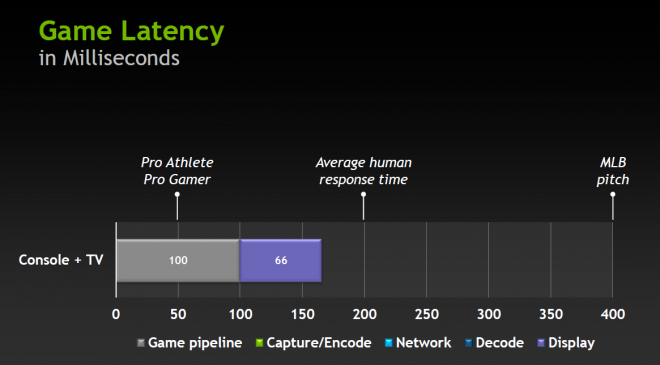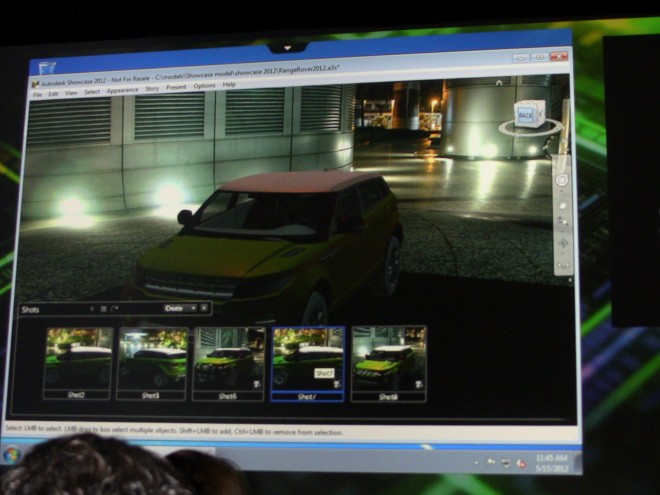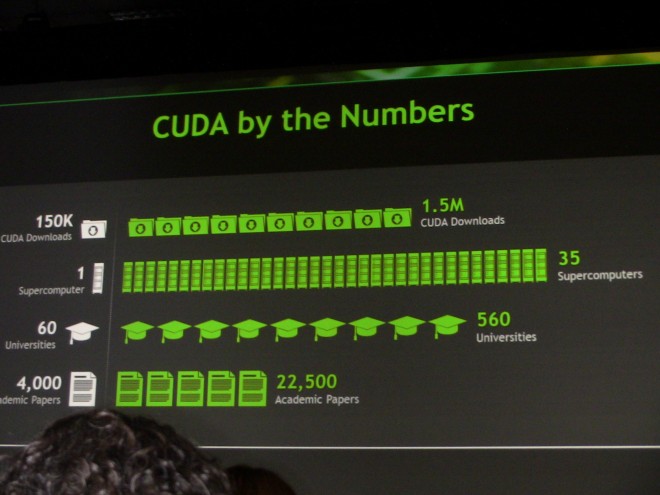The article about NVIDIA’s new VGX virtualized GPU as a potential holy grail for task- and power-user desktop virtualization inspired comments from readers of The Register that are well worth addressing. They also brought out a few details that I didn’t cover in the article. First, let’s address a few of the specific comments.
From reader Twelvebore:
“21st century X-terminals then. Didn’t SGI (Silicon Graphics back then) push this sort of stuff a couple of decades ago?”
Absolutely right, Twelve (if I can call you Twelve). One of my former bosses, who also held down a top position at SGI at one time, called that to my attention. According to him, it wasn’t a trivial effort at SGI at the time, but they got it done and delivered it to a few clients who were demanding it. I don’t think it was all that long ago, though; maybe 10 years?
Reader JustNiz talked some gaming:
“This demo was obviously running on a LAN, which will not happen in real world application…Manufacturers will love the relatively cheap cost of parts compared to making a fully featured console but almost certainly won’t pass the savings on to the end-user, as we are already conditioned to pay $399 for a console…Software houses will love the fact that end users never get an actual copy of the software (so no pirating). I wonder what they will blame low sales on next. Distributors will love the fact that they can charge users again and again to play the same game…
These 3 groups will drive this to replace all current gaming regardless of the fact that its totally worse for the end-user. The populace will just buy this en-masse because they’ve been told to by the advertising..”
First: nope, the demo wasn’t running on a LAN. Grady Cofer from Industrial Light & Magic actually went out to their server farm and made adjustments to the “Avenger” and “Battleship” footage on the fly. (Read more and view photos here…)
Read More






